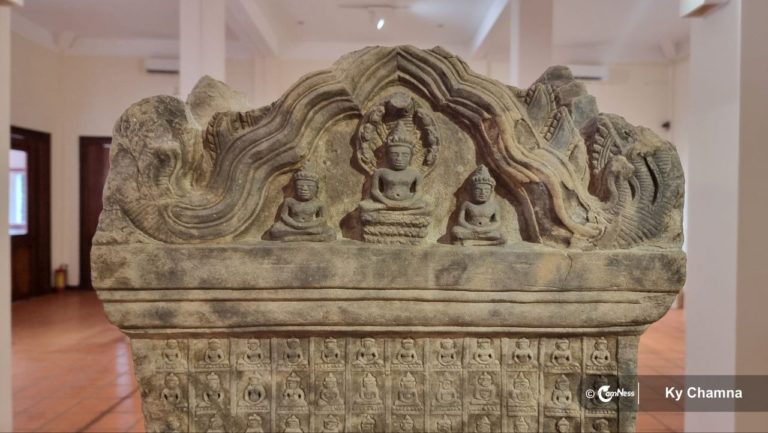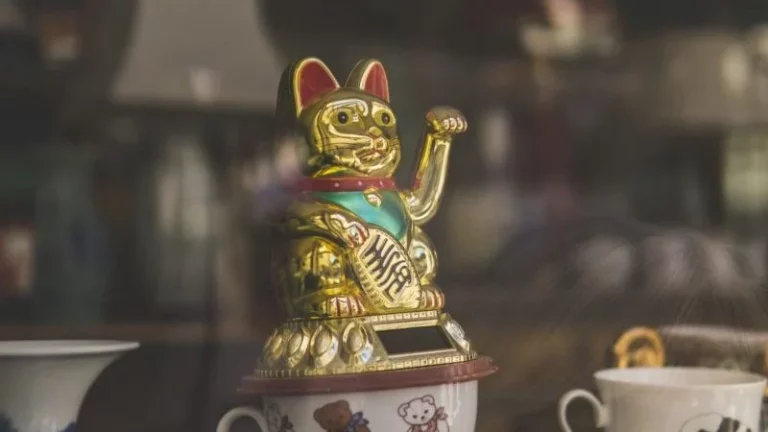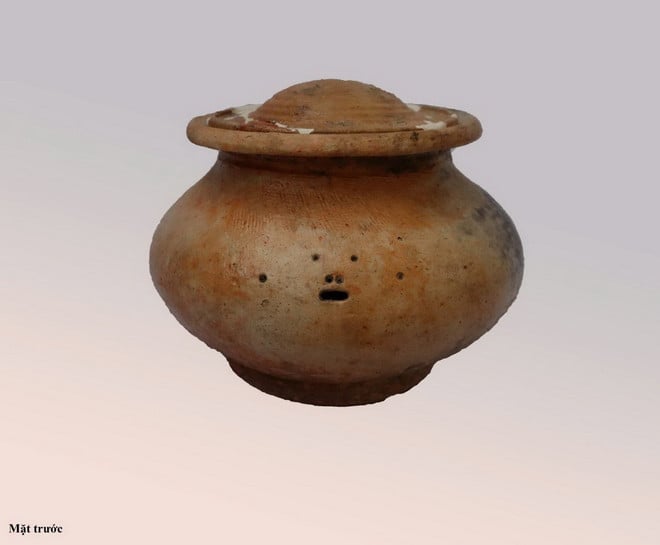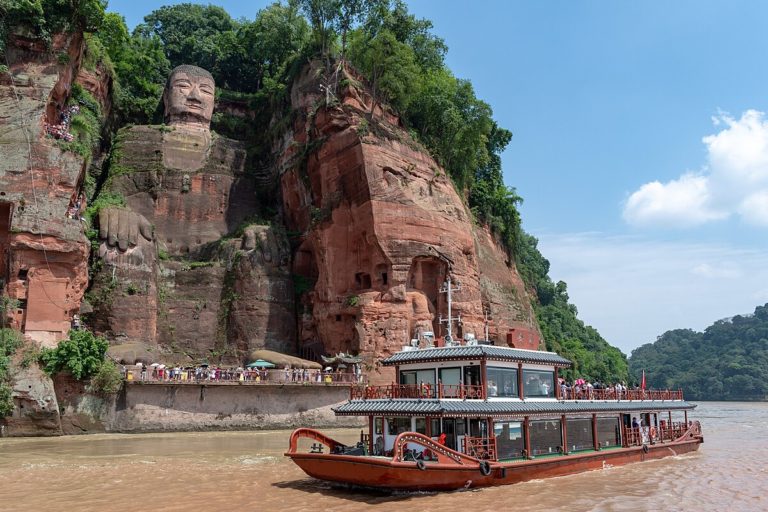Northern Shan State’s rich cultural heritage is under siege as Myanmar’s civil war intensifies, with historic buildings and sacred sites increasingly caught in the crossfire. Conservationists and local leaders warn that irreplaceable landmarks may soon be lost forever.
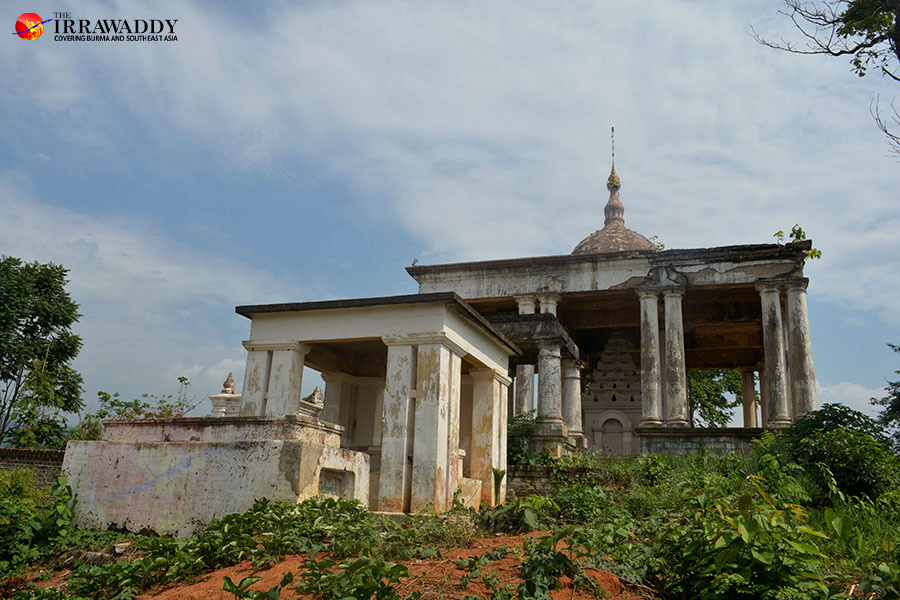
Among the most endangered is the palace of the Shan saopha in Hsipaw — a graceful colonial-era residence once home to Sao Kya Seng, the last feudal lord of the region. Its teakwood halls and sweeping verandas evoke a bygone era of diplomacy and tradition. Nearby lie royal tombs nestled in quiet gardens, and the revered Bawgyo Pagoda, a centuries-old Buddhist sanctuary adorned with intricate carvings and golden spires.
These sites are not merely architectural treasures; they are living symbols of Shan identity and resilience. Yet as the military regime battles ethnic armed groups like the Ta’ang National Liberation Army (TNLA), airstrikes and artillery bombardments have become a daily reality around Hsipaw and neighbouring towns.
Last month, the historic Gokteik Viaduct — a marvel of early 20th-century engineering spanning a deep gorge near Kyaukme — was damaged during clashes. Both sides deny responsibility. Since the junta retook Kyaukme in October, strikes have intensified across Namtu, Mantong, Namhsan and Mongmit, leaving dozens dead and religious buildings in ruins.
Namtu, once famed for its lead and silver mines, and Namhsan, the heart of Myanmar’s tea industry, have seen their cultural and economic lifeblood drained by conflict. The destruction of monasteries — 16 in recent months — and schools has further eroded community life.
Prominent monk U Thukha Minda has pleaded for restraint, urging all parties to protect sacred and historic sites. Civil society groups echo his call, warning that the loss of these landmarks would be a blow not only to Shan State, but to Myanmar’s shared heritage.
“If religious and historic sites are destroyed, the loss will be immeasurable,” said a Shan cultural group spokesperson. “The best outcome is no fighting at all. If clashes continue, the damage will only grow.”
In Hsipaw, residents brace for what may come. The palace still stands — for now — but its silence grows heavier with each passing day.

